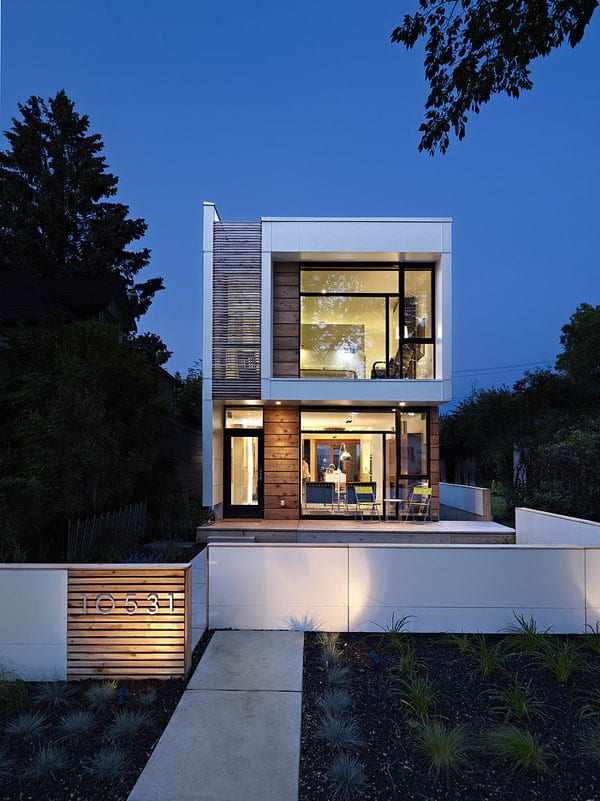
LG House was designed as a modernist design of simplicity, volume and restrained materials by architecture studio Thirdstone Inc. The concept of LG House was developed in response to the challenge of building a narrow 25’ x 140’ wide infill lot in an established Edmonton, Alberta, Canada city-core neighborhood. One of the architect’s primary goals was the development of a sensitive typology for urban consolidation.
This affordable modern house was designed as a two-storey in order to make best use of the narrow site. The transparency of the front facade encourages ‘eyes on the street’ and active engagement with neighbors while providing a sense of belonging to the community.
Comprised of main living spaces on the ground level, a narrow enclosed link containing a hallway, half-bath and rear closet, connects the main house to the single car garage off the back lane. This arrangement forms a ‘U’ configuration creating an intimate and private outdoor south-facing courtyard.
The Dining Room opens to the outdoors by way of a folding glass wall system. Both the Main level and the Courtyard are at the same finish grade for ease of accessibility and to effortlessly extend inside activities outdoors. Glass walls ensure excellent visibility to the front garden and rear enclosed courtyard.
To maintain affordability, materials incorporated in the project consisted of standard building materials which were applied in a unique manner. 4’x10’ fibre-cement panels were ‘ripped’ and installed using standard lap siding techniques. Cedar planks were used to highlight architectural details of the house and installed using ‘rain-screen’ principles. This resulted in a distinctive appearance yet it was accomplished using affordable ‘standard’ materials.
The second floor plan allows for space to be re-arranged to meet future needs of the family without expensive retrofits and renovations. This means a long term commitment, to the neighborhood and lasting investment in a family dwelling that will be appreciated for a lifetime.
While recognizing the potential to work with the solar angles and direction of prevailing breezes, the architects sought to take advantage of the narrowness of the structure by applying sustainable design strategies to minimize energy consumption through passive design. Rooms are able to capture sun light due to the design’s east-west orientation. Design considerations included working with solar angles, placement of windows, the direction of the prevailing breezes and cross and stack ventilation to maintain a comfortable natural indoor climate.
Photos: Merle Prosofsky

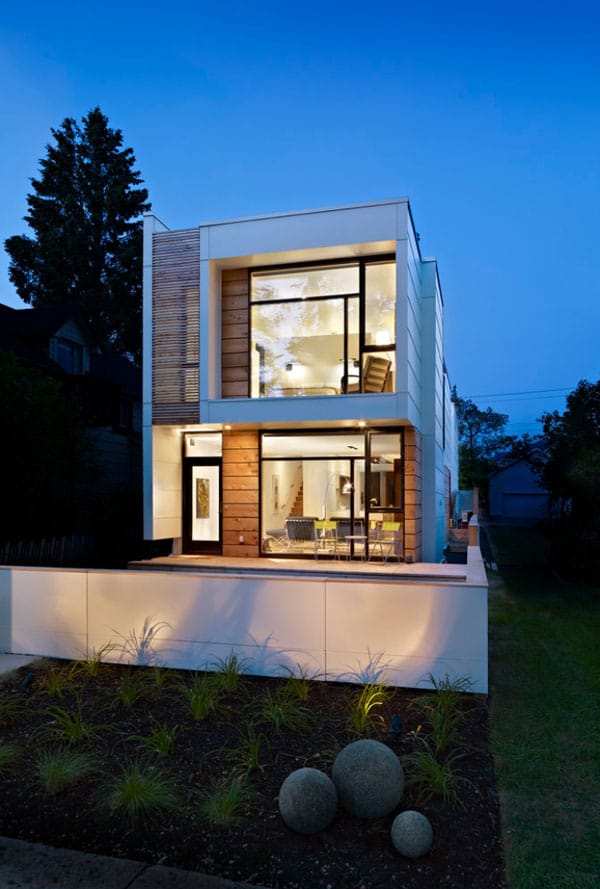
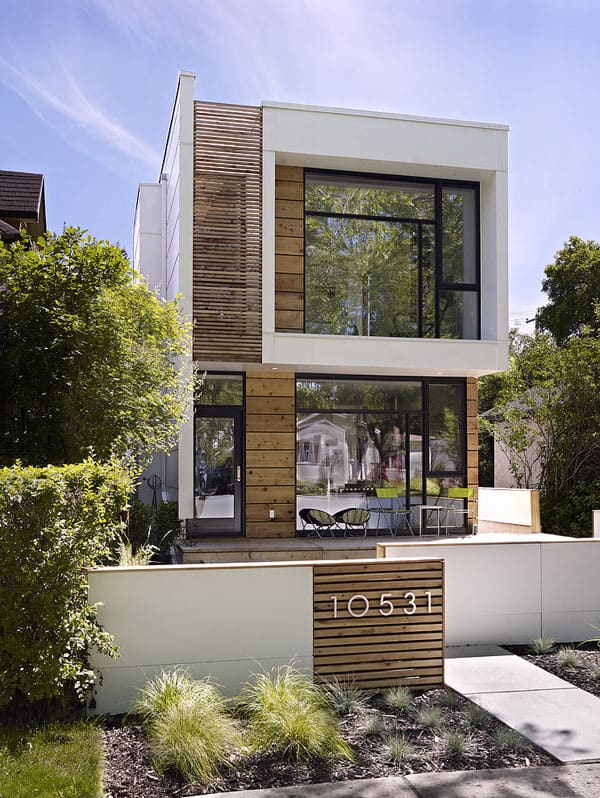
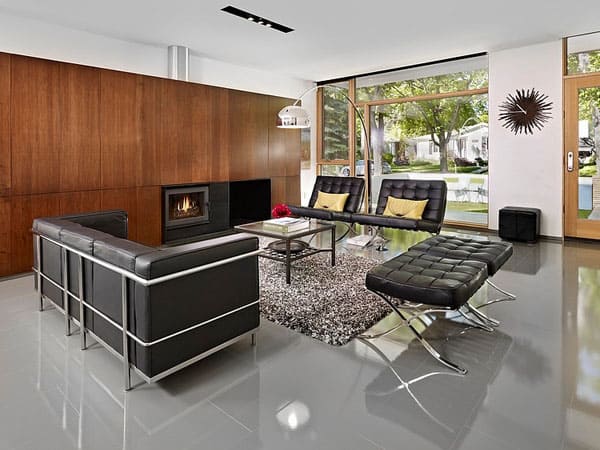
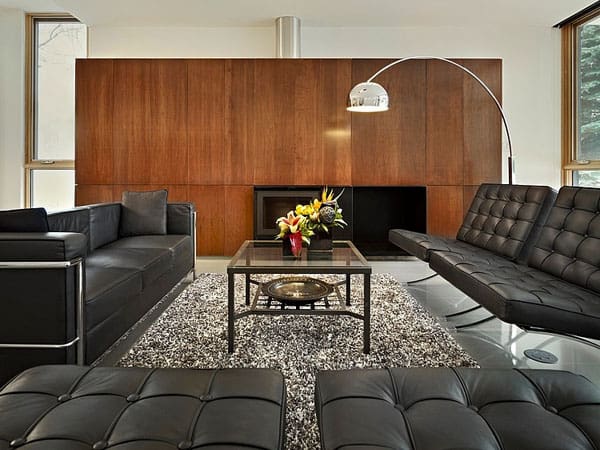
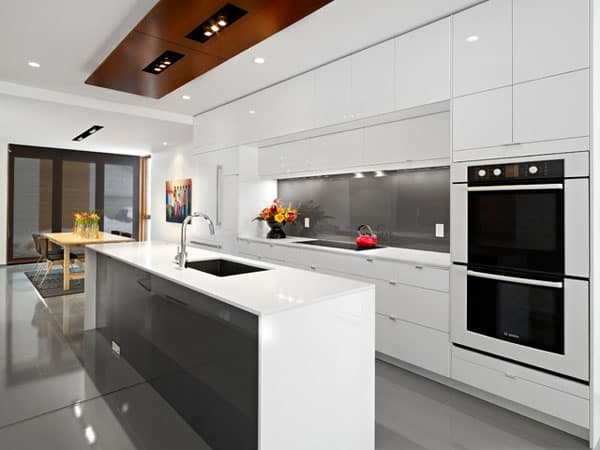
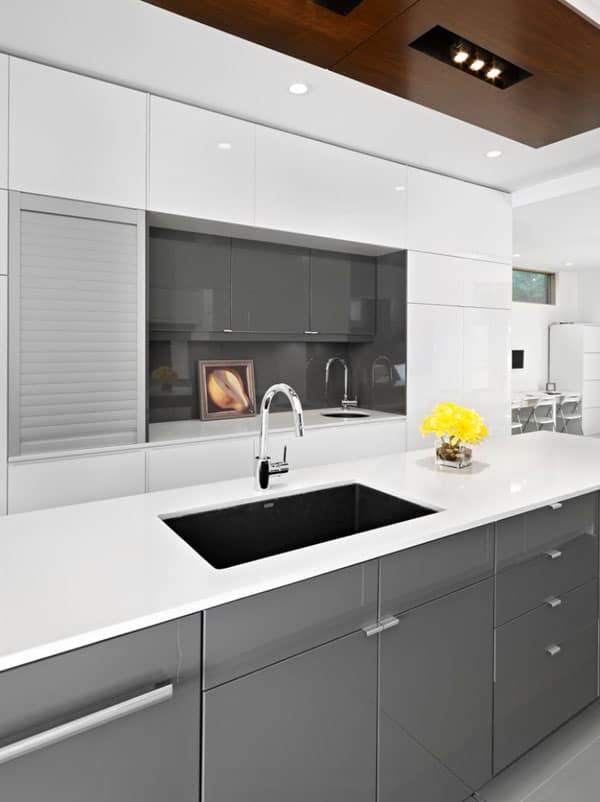
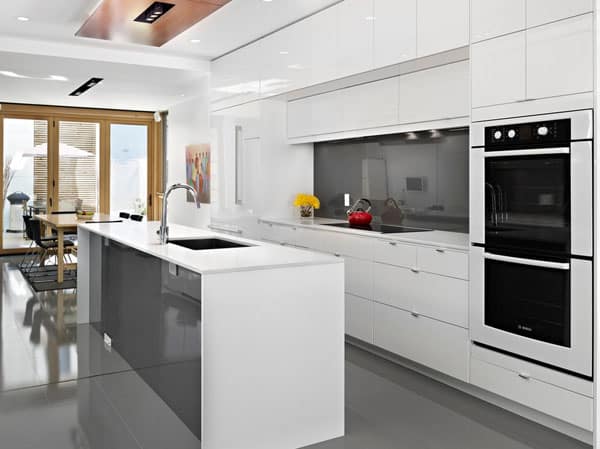
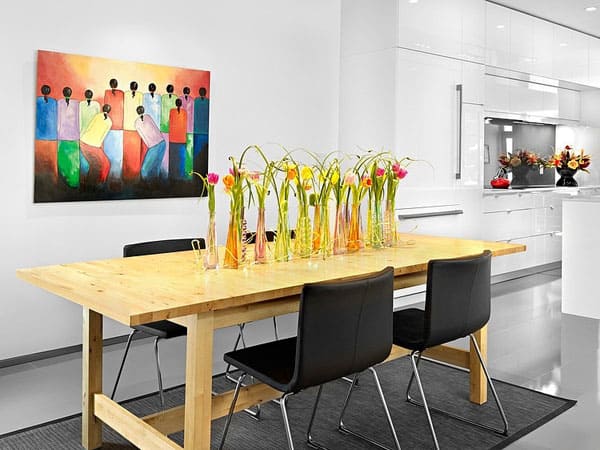
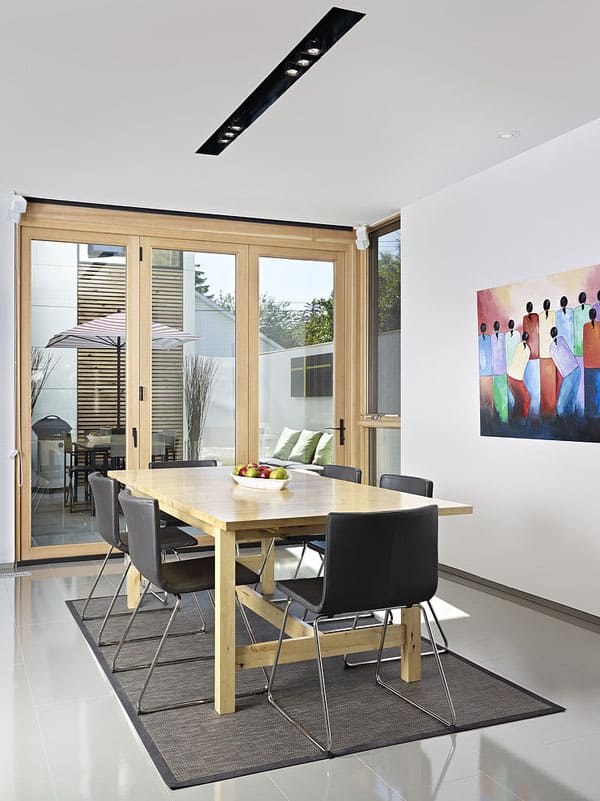
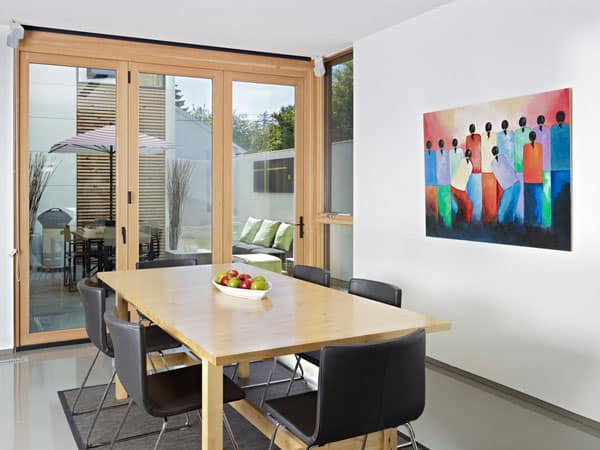
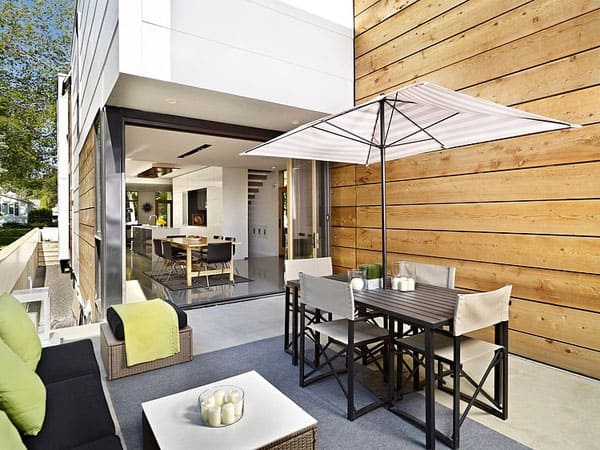
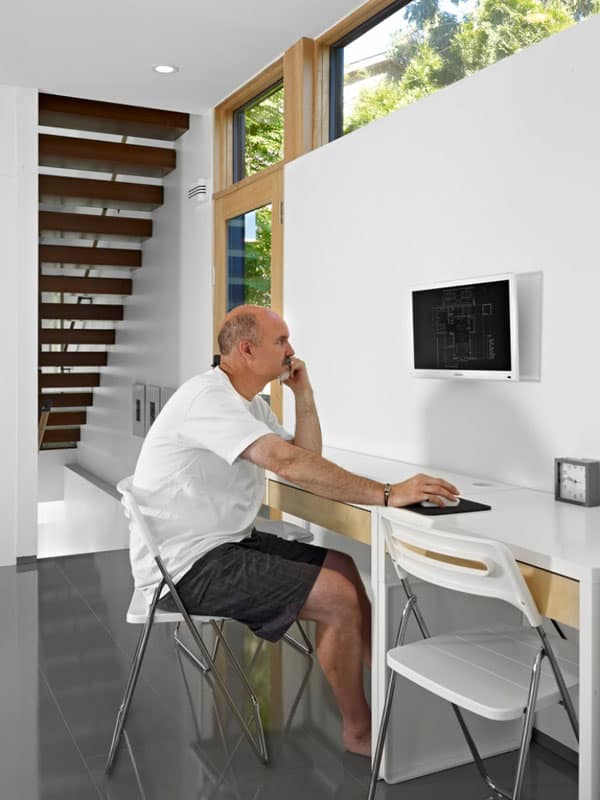
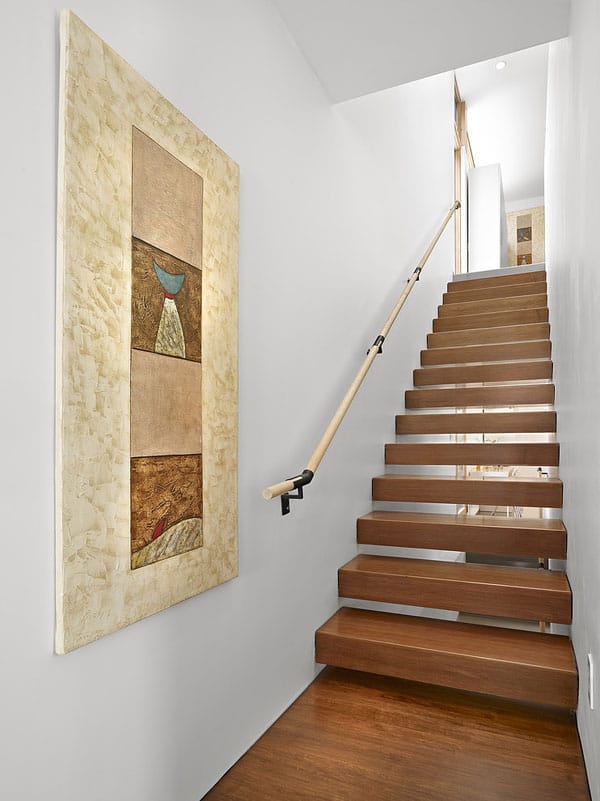
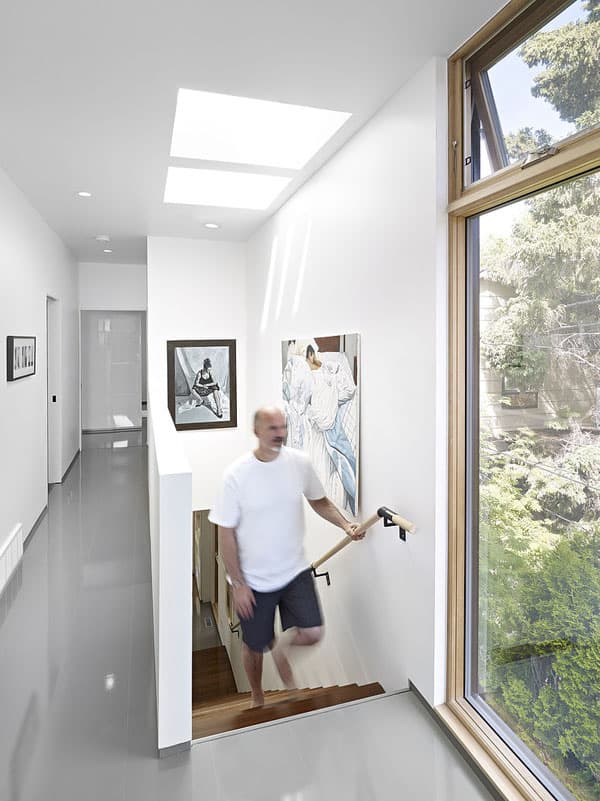
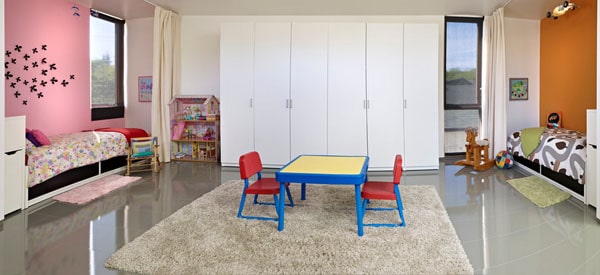
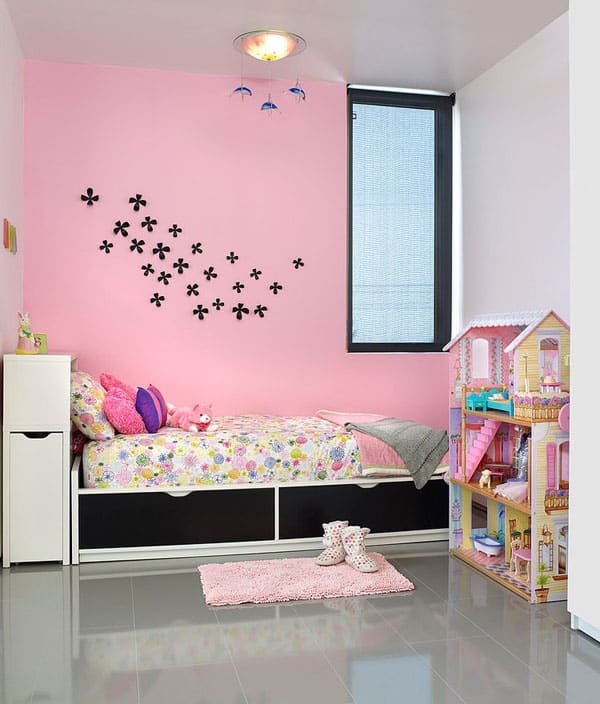
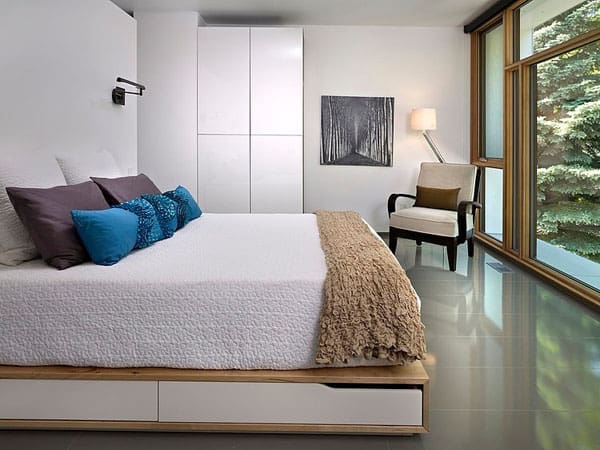
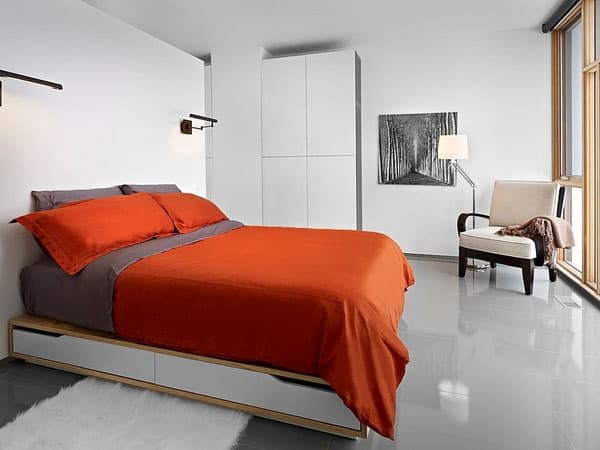
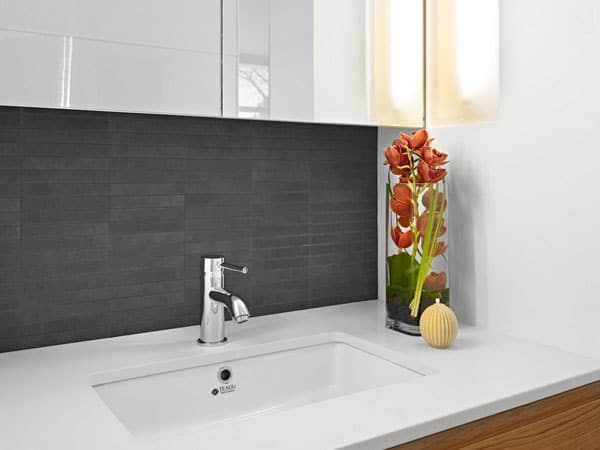

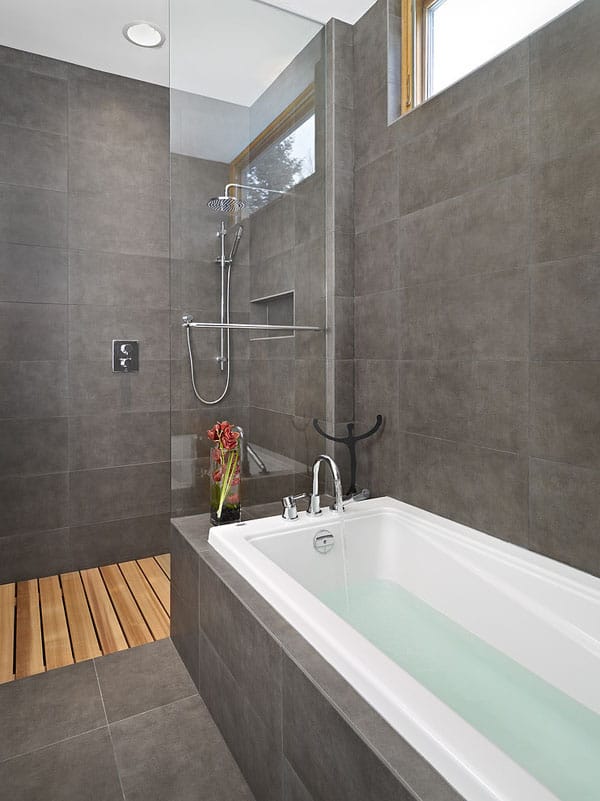
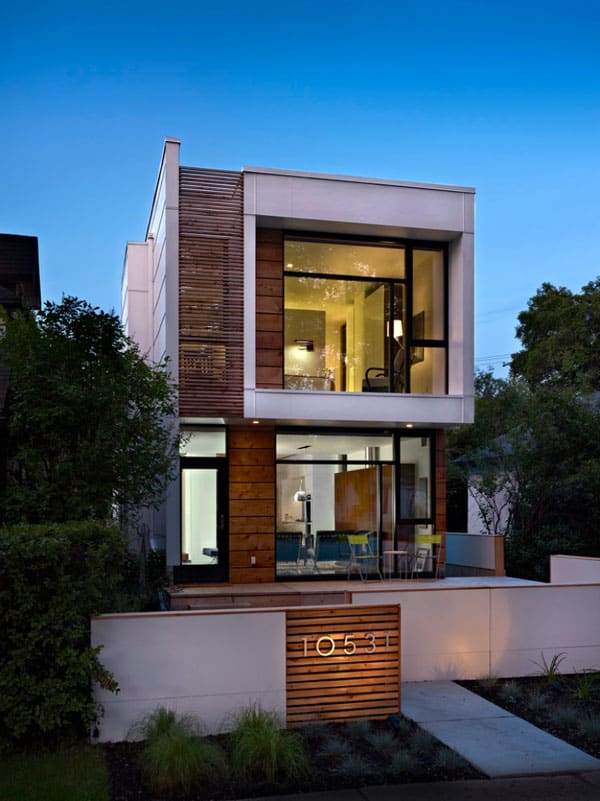

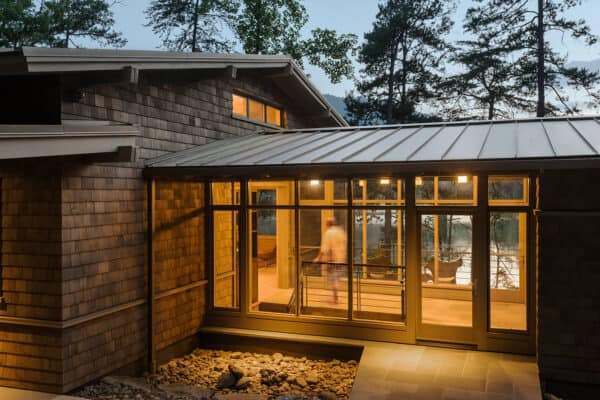
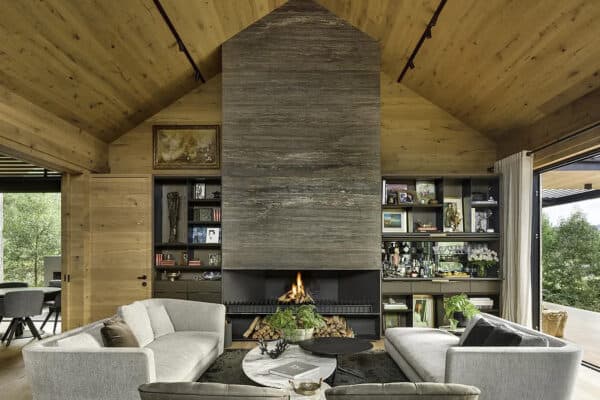

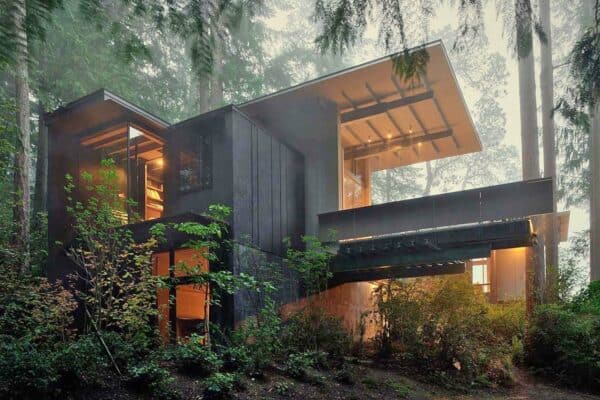
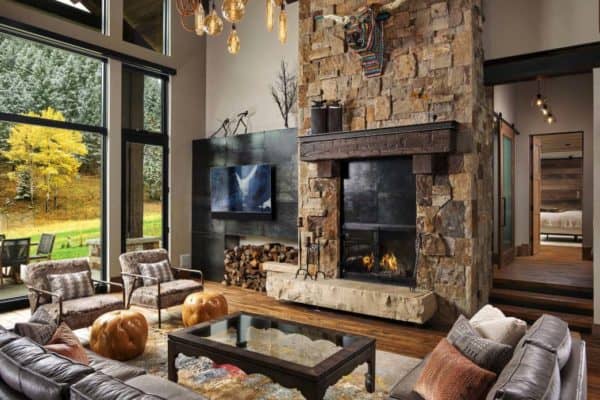

5 comments